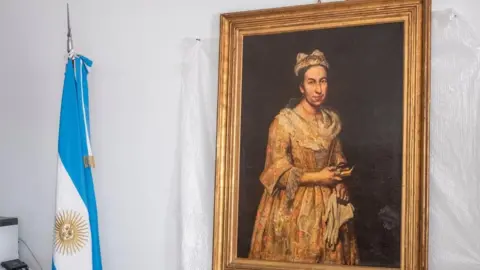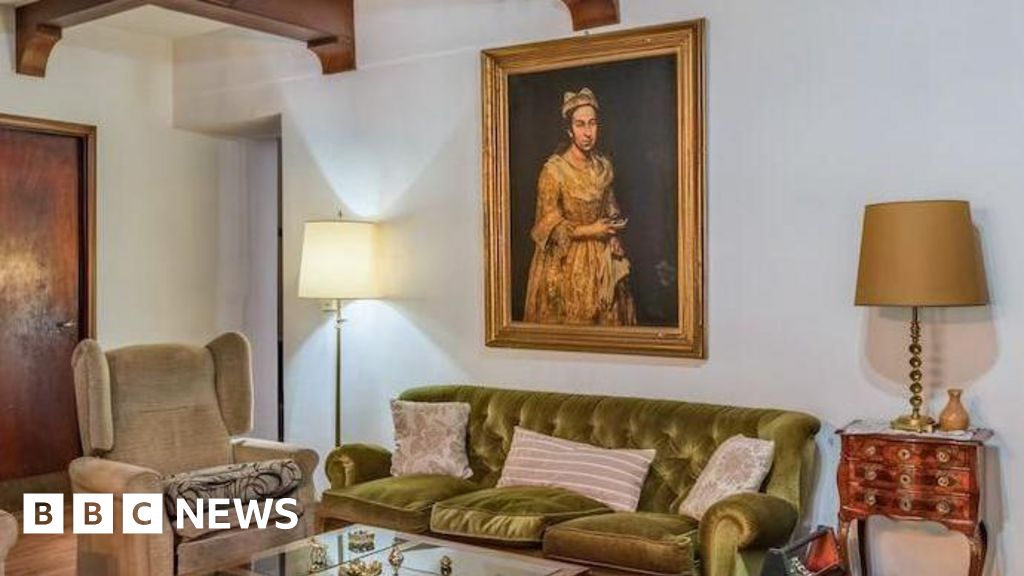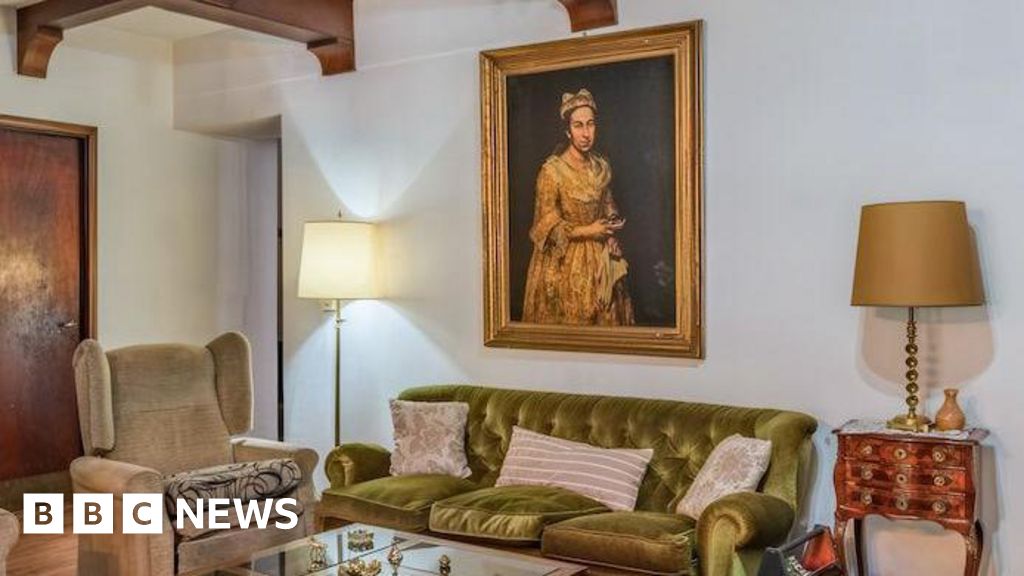Sophie McAloone, a conservation manager, noted specifically that Rothko's unique painting style, which lacks traditional varnishing, renders it especially vulnerable to harm, emphasizing that even minor scratches could diminish the viewing experience. The painting was on display at the museum's accessible Depot as part of a collection of public favorites.
Experts in the art restoration field, including Jonny Helm, have commented on the challenges this incident poses for museums, like V&A East and the British Museum, that are exploring more accessible displays. Helm mentioned that not only did the Rothko painting have a complex mixture of materials that complicate restoration, but its unvarnished state increases its exposure to environmental factors.
Efforts are currently underway to assess the specifics of the damage and to investigate successful past treatments for similar works of art. Remarkably, this incident is not the first concerning Rothko’s artwork; previously, another one was vandalized by an individual in London in 2012, inciting discussions about the ramifications of art accessibility.
Insurance expert Rachel Myrtle shared insights into how galleries manage such incidents, informing that galleries typically carry insurance covering accidental damage, including incidents involving visitors. However, details regarding liability for the recent Rothko damage remain unclear. The Museum Boijmans Van Beuningen has a history of billing visitors for damages caused, having previously charged an unsuspecting tourist for damage to another artwork in 2011.
As the art world continues to grapple with safety and accessibility concerns, this incident serves as a reminder of the delicate balance museums must maintain in protecting both their collections and their audiences.
Experts in the art restoration field, including Jonny Helm, have commented on the challenges this incident poses for museums, like V&A East and the British Museum, that are exploring more accessible displays. Helm mentioned that not only did the Rothko painting have a complex mixture of materials that complicate restoration, but its unvarnished state increases its exposure to environmental factors.
Efforts are currently underway to assess the specifics of the damage and to investigate successful past treatments for similar works of art. Remarkably, this incident is not the first concerning Rothko’s artwork; previously, another one was vandalized by an individual in London in 2012, inciting discussions about the ramifications of art accessibility.
Insurance expert Rachel Myrtle shared insights into how galleries manage such incidents, informing that galleries typically carry insurance covering accidental damage, including incidents involving visitors. However, details regarding liability for the recent Rothko damage remain unclear. The Museum Boijmans Van Beuningen has a history of billing visitors for damages caused, having previously charged an unsuspecting tourist for damage to another artwork in 2011.
As the art world continues to grapple with safety and accessibility concerns, this incident serves as a reminder of the delicate balance museums must maintain in protecting both their collections and their audiences.





















